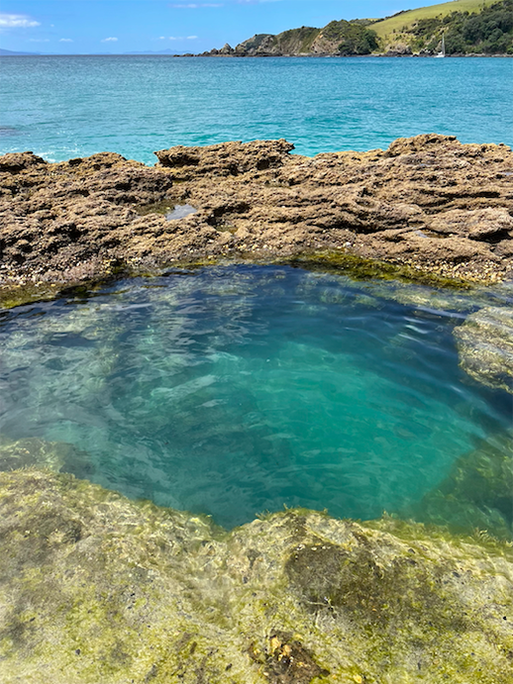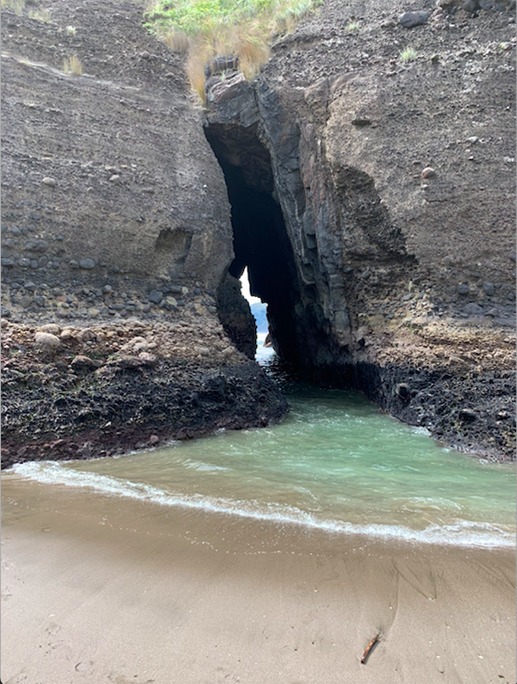Pieces of plastic are sharp, brittle, toxic, and routinely found in the stomachs of dead fish, turtles, and marine mammals. Plastics can come with a range of hazardous additives and can act as a chemical sponge, soaking up and concentrating other pollutants. Marine species, including fish, seabirds and even marine mammals, can end up eating pieces of plastic, and at the same time get an additional dose of toxic chemicals.
Researchers have found plastic in the stomachs of 44% of all seabird species, 22% of cetacean species, and in all sea turtle species. Among seabirds, the Procellariiformes (albatross, petrels, shearwaters) are most vulnerable due to their small gizzard and inability to regurgitate the plastics. Plankton eaters – birds, fish, and mammals – often confuse plastic pellets with their food; copepods, euphausiids, and cephalopods. The plastics obstruct the animals’ intestines, block gastric enzyme secretion and there are growing fears that they might also disrupt hormone levels or cause other biological effects as a result of the chemical burden they carry. It is estimated that up to about one million seabirds and 100,000 marine mammals die each year from ingesting plastic or by getting tangled in nylon fishing line, nets, six-pack plastic can holders, and plastic rope.


